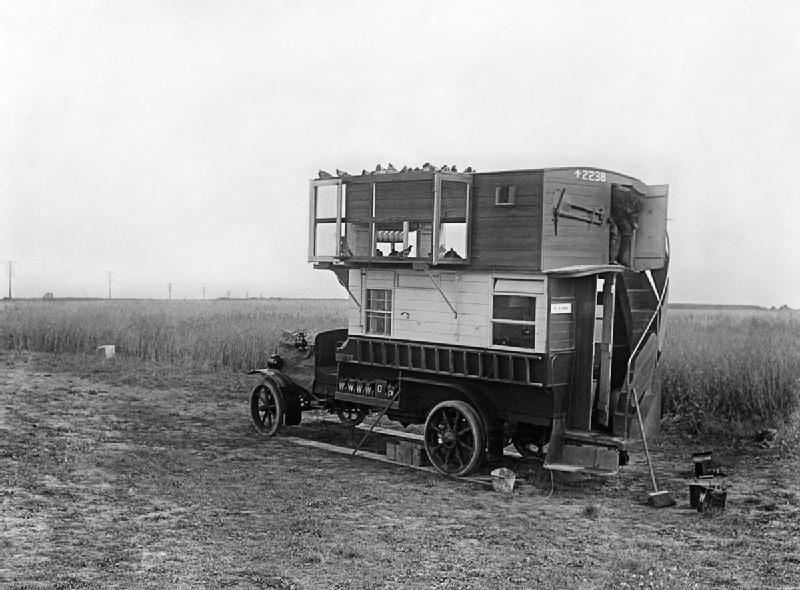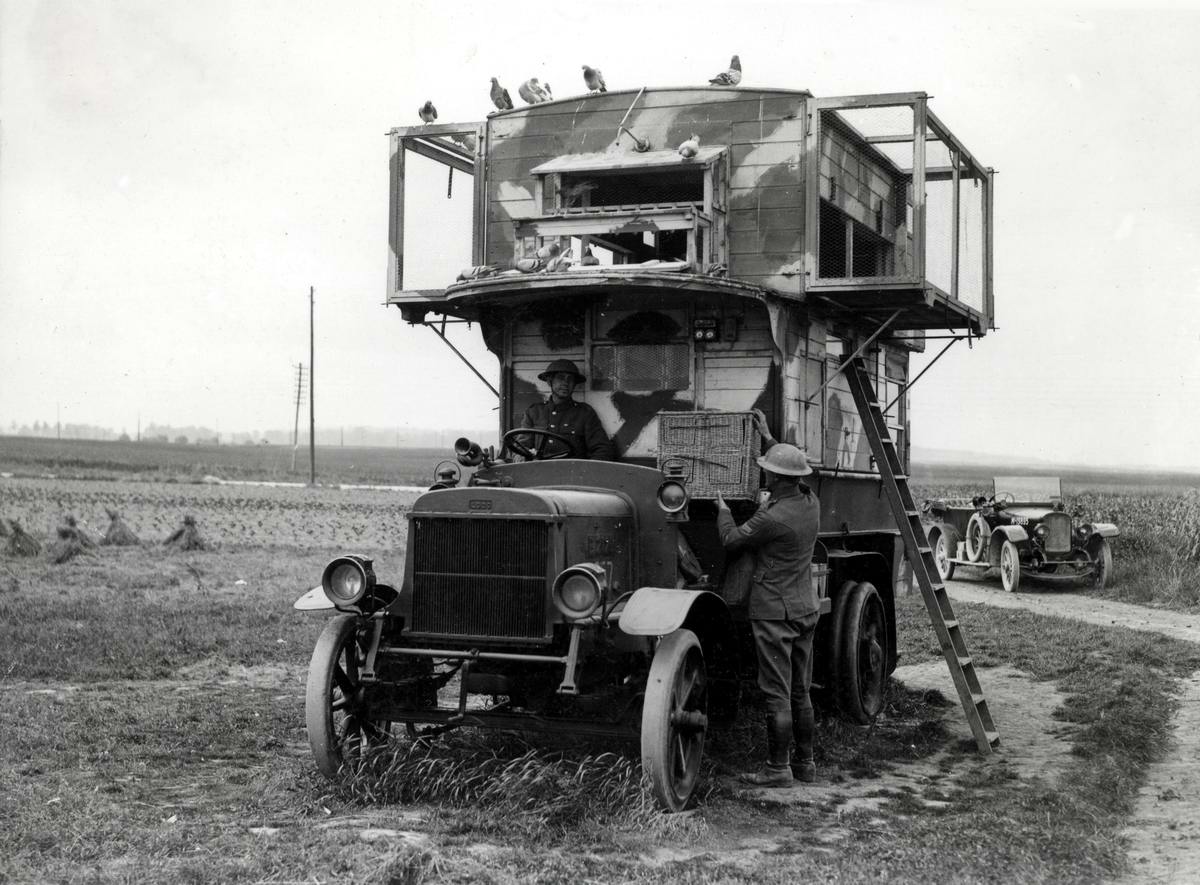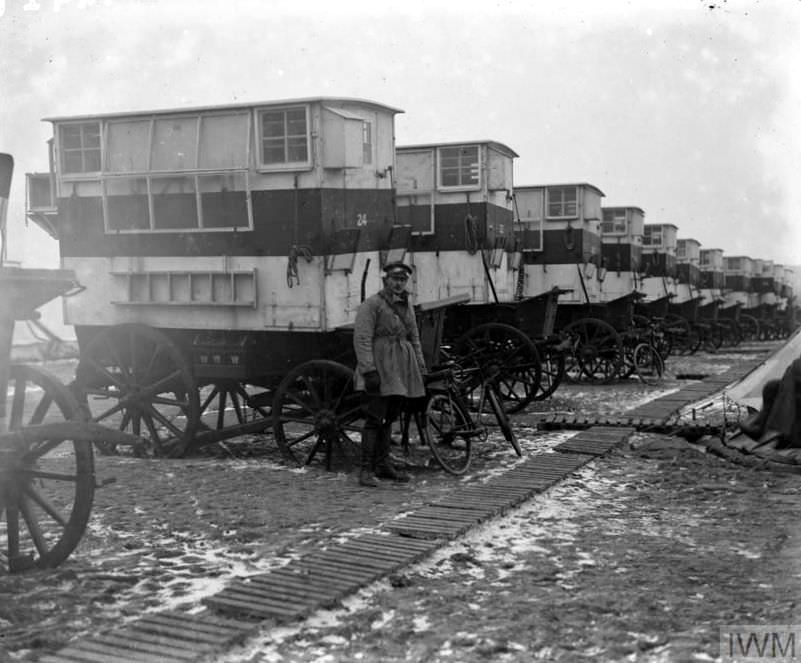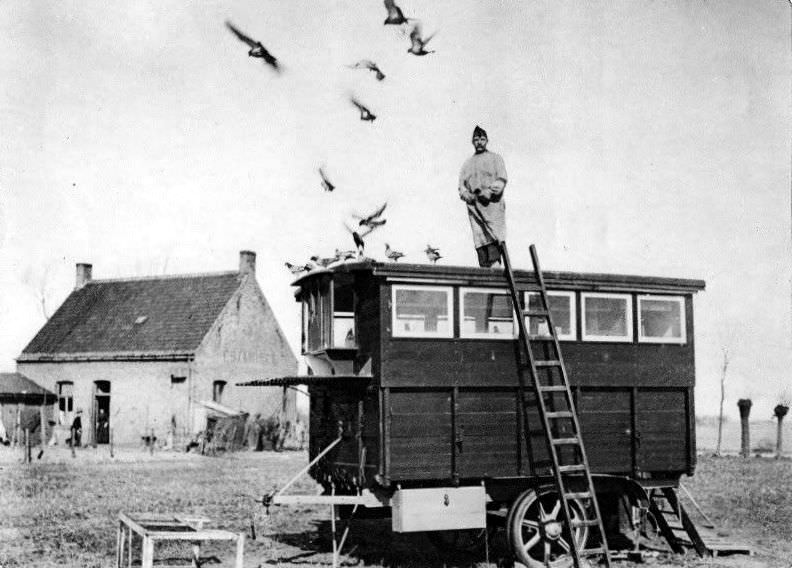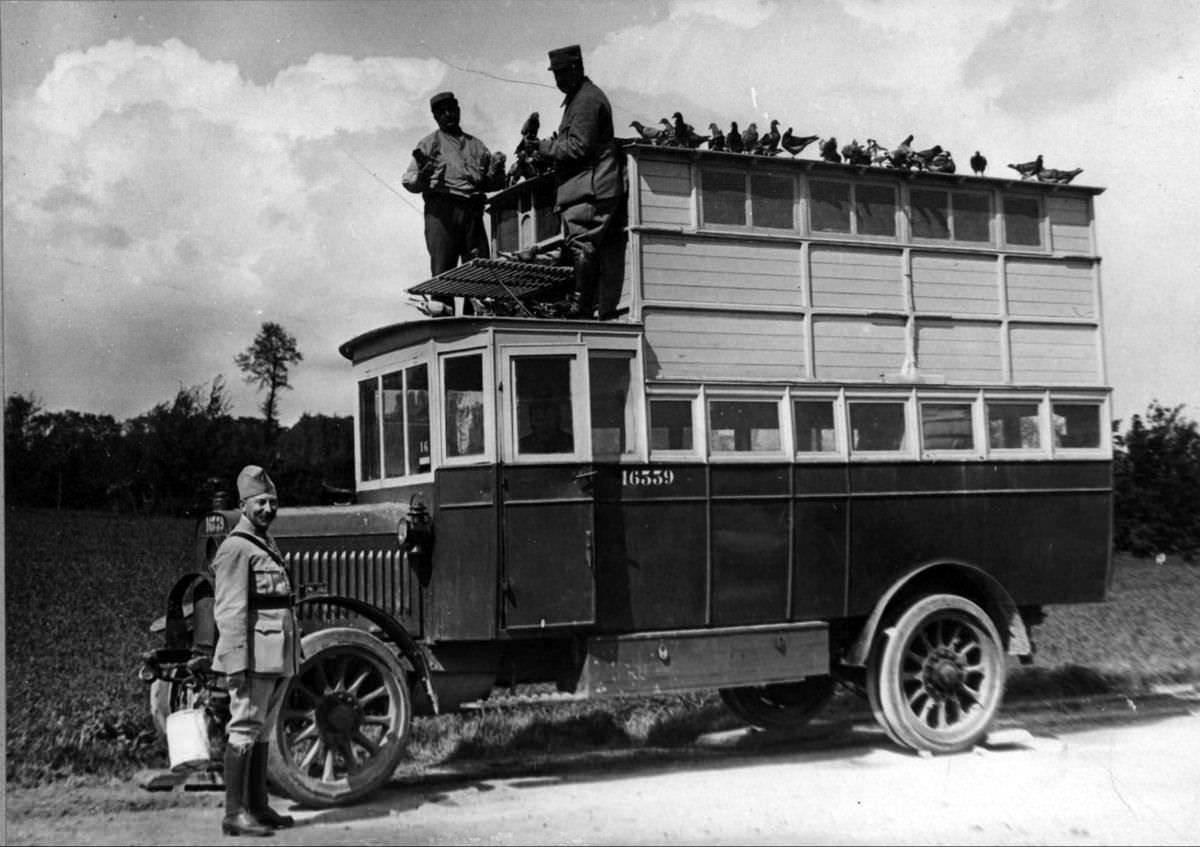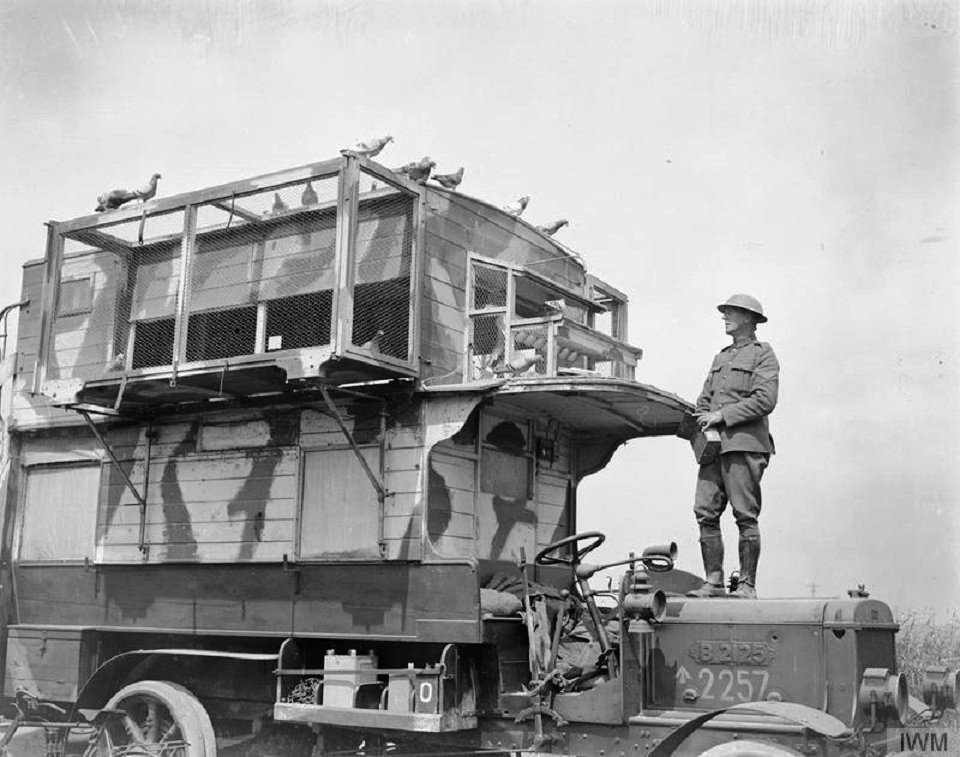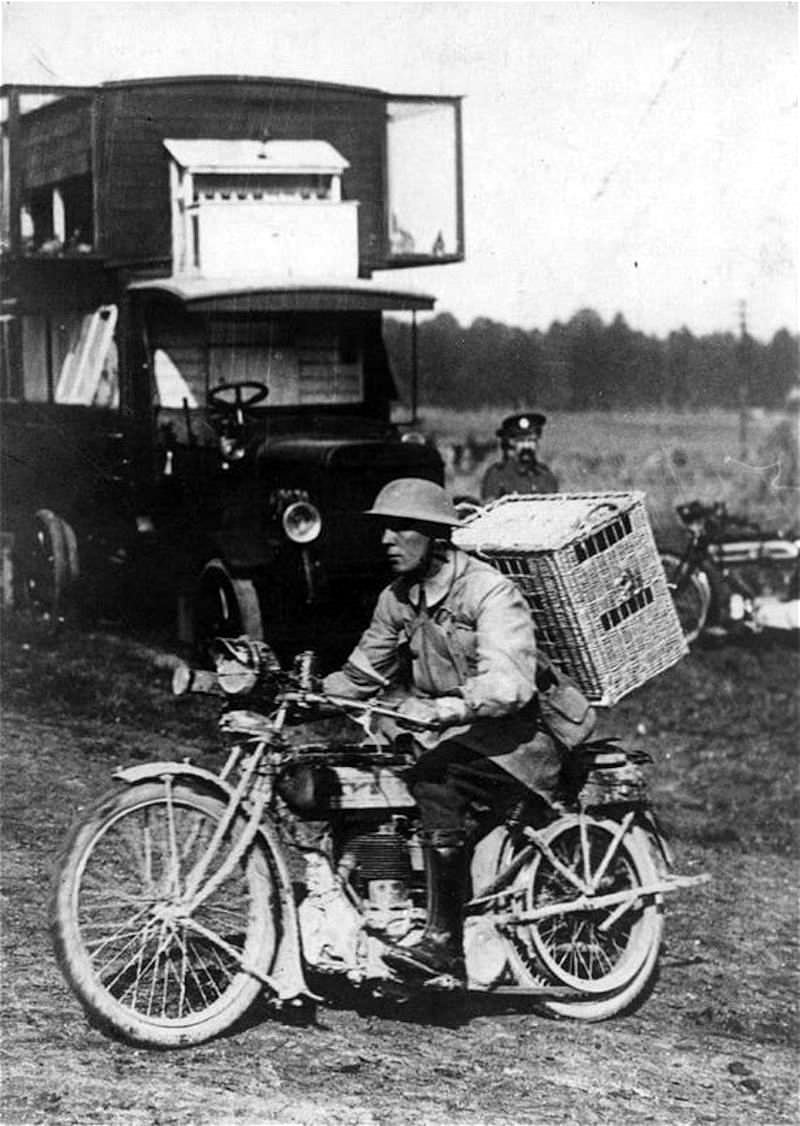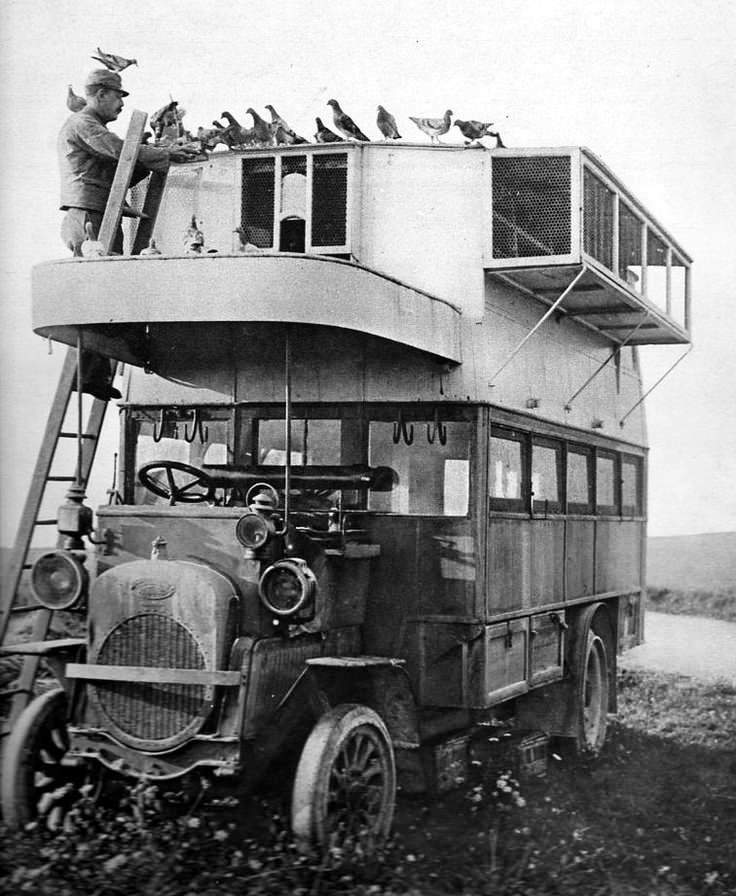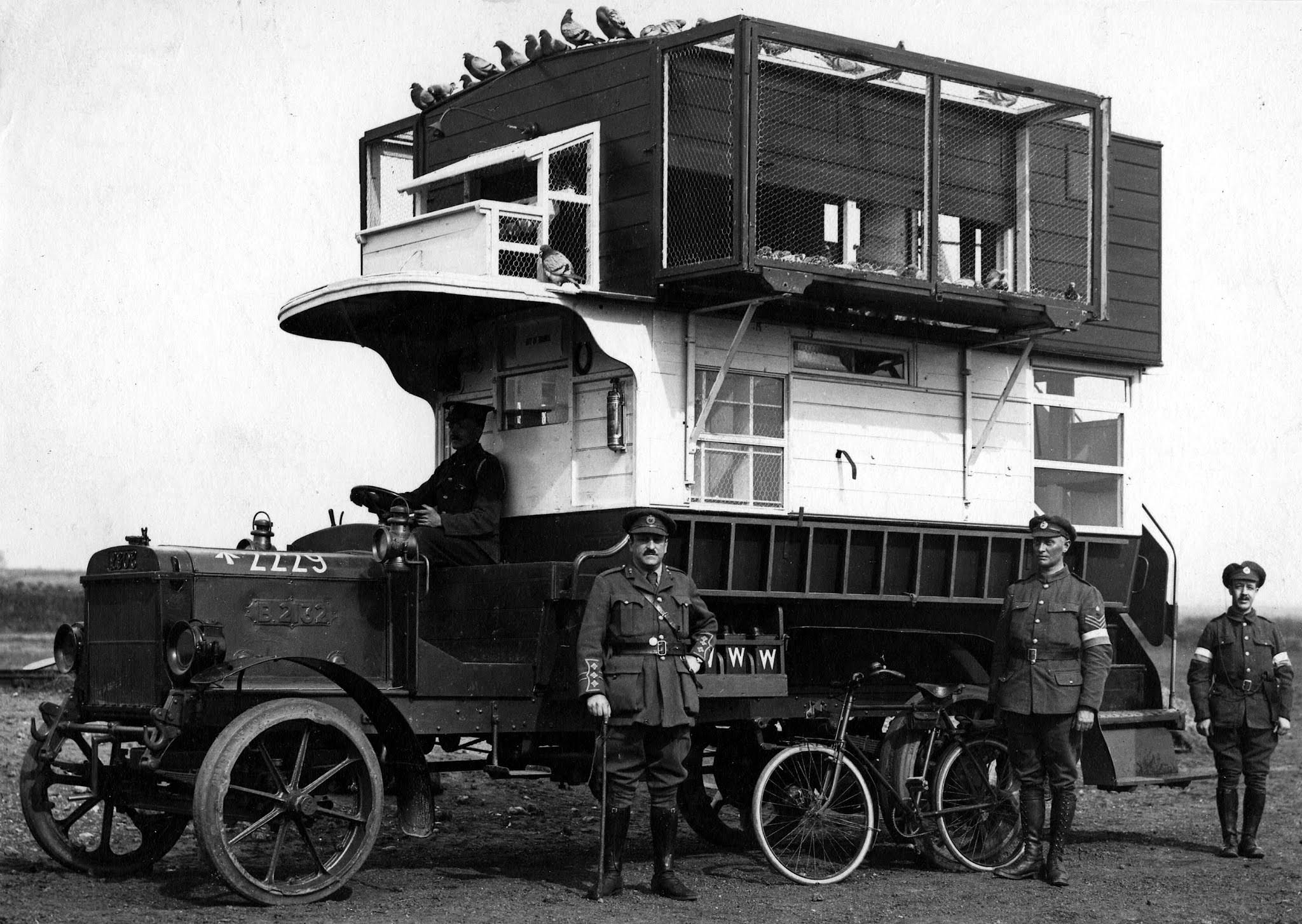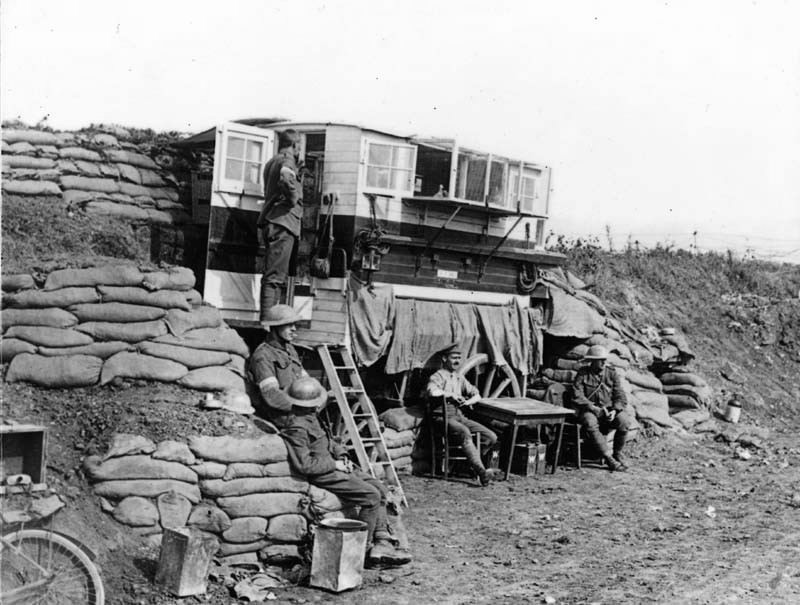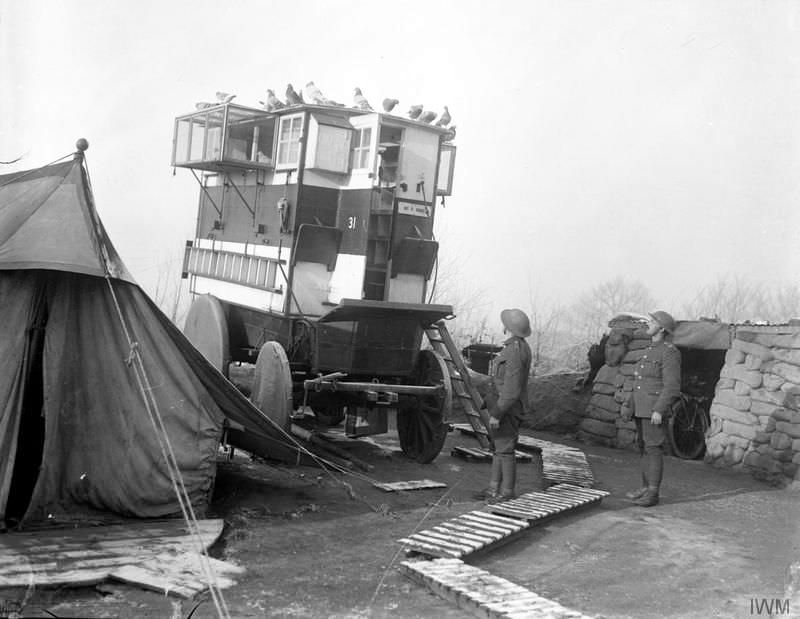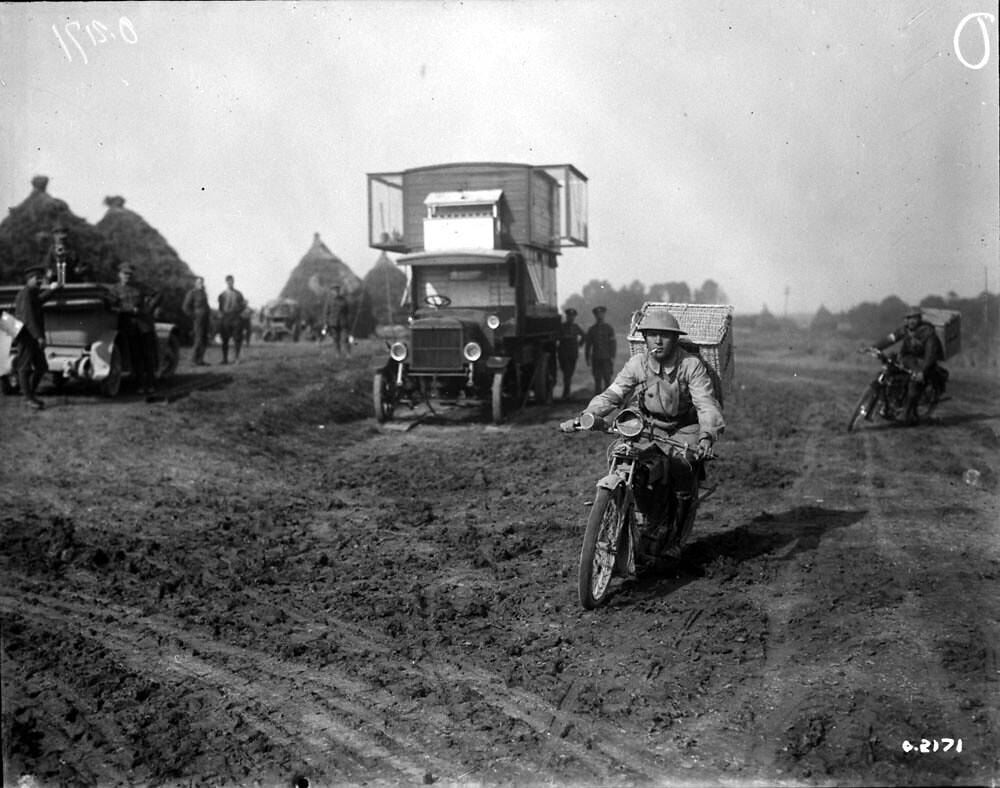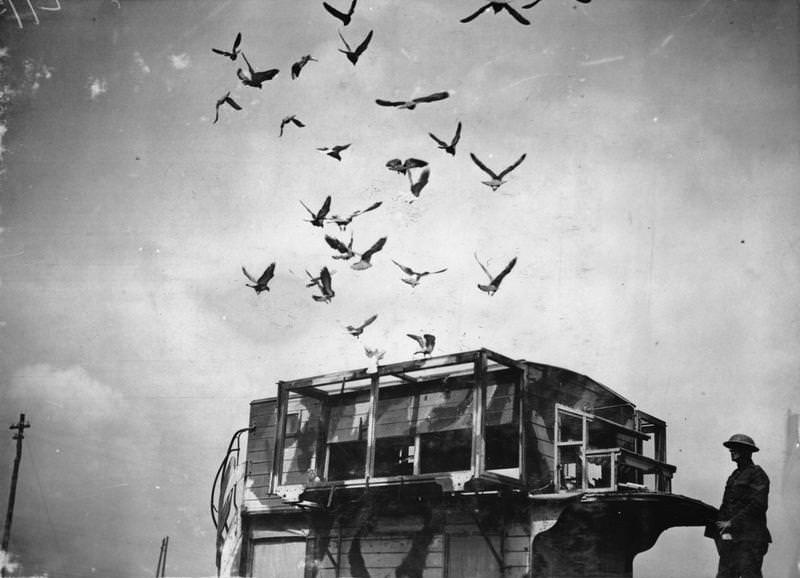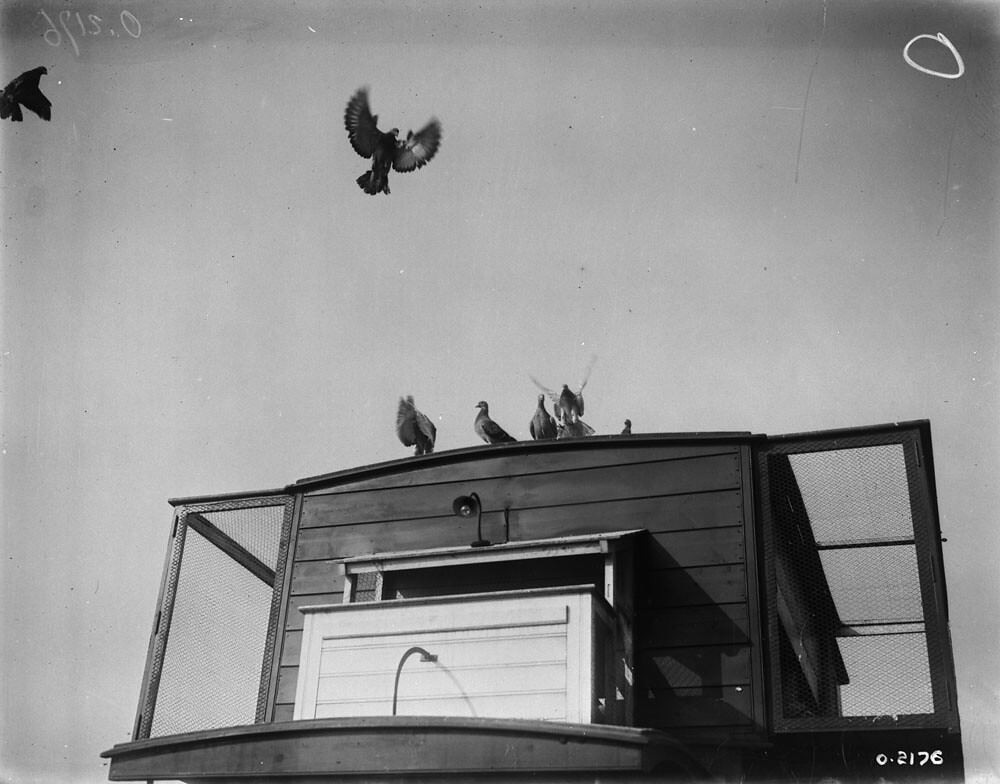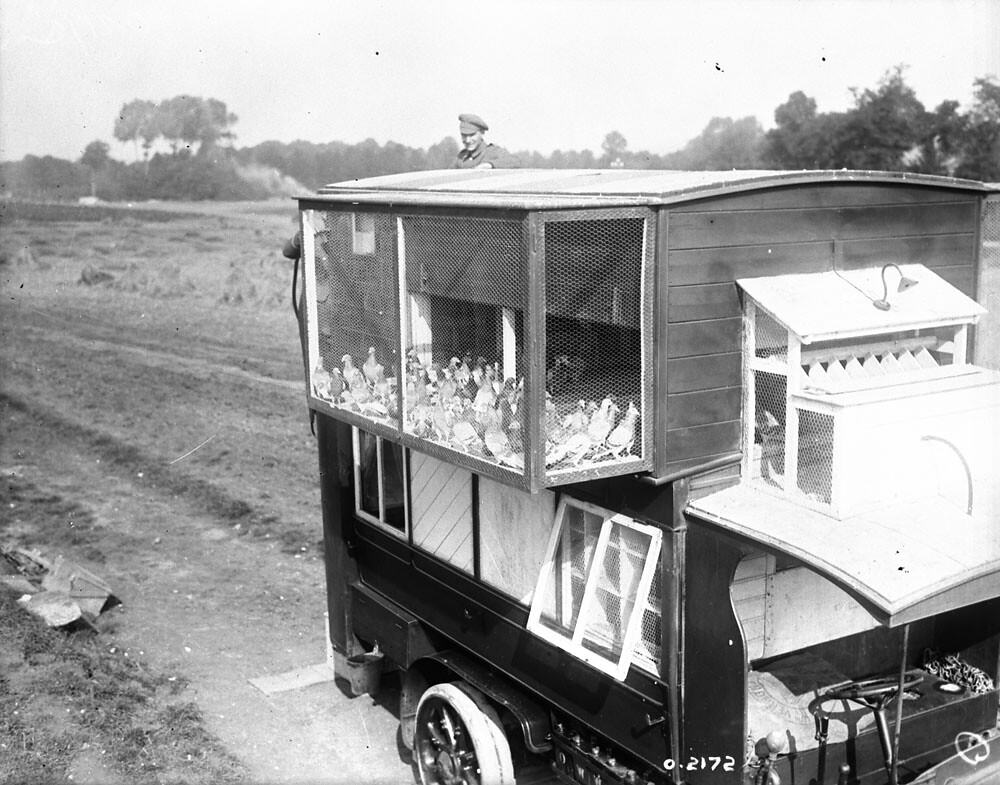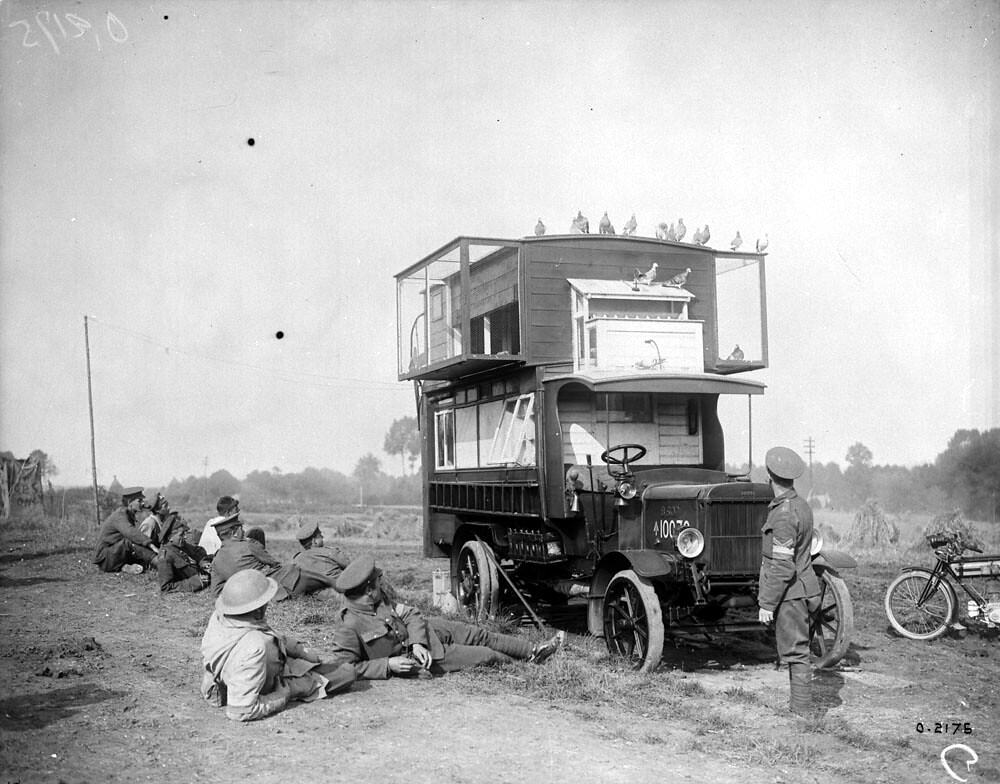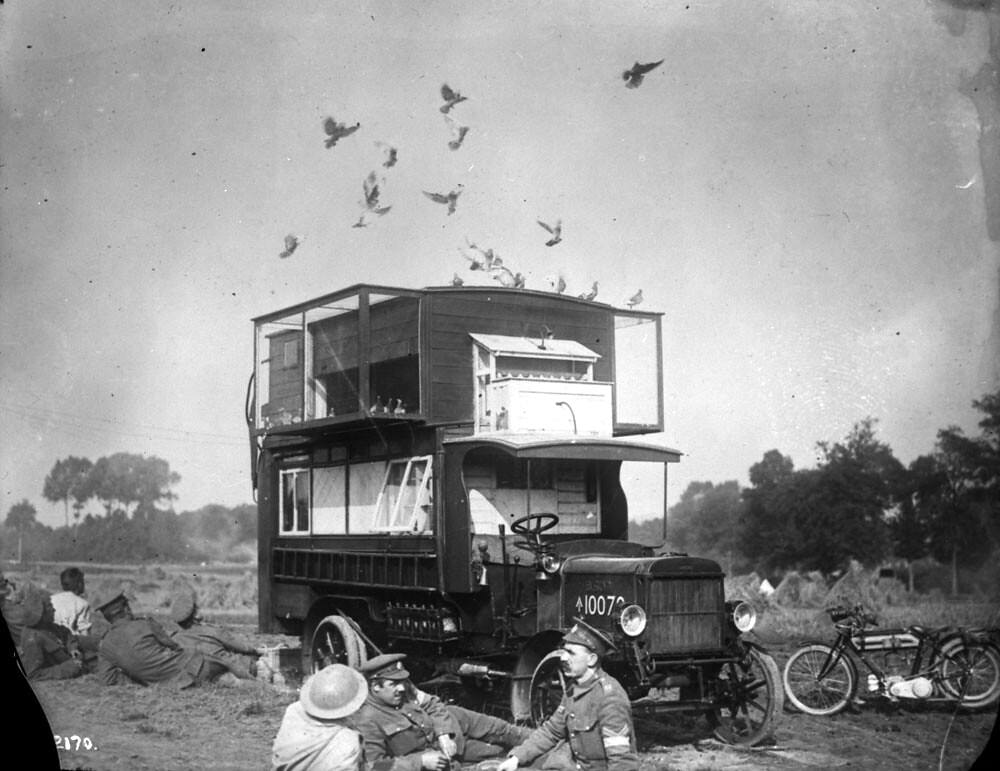Beginning in 1914, the First World War provided the impetus for the latest developments and technologies. Warplanes, tanks, and submarines were introduced during this time. As the means of communication remained relatively imperfect at that time, the coordination problem between individual units became increasingly important when hostilities were taking place over a large area. Telegraphy already existed, but mobile devices were heavy and unreliable, and constant technical problems plagued their use. With communication, military commanders decided to use a tool often used in earlier conflicts, namely birds, to connect to previous deployments. The incredible ability of certain birds, particularly pigeons, to return to their homes from great distances would once again save the lives of many soldiers during the Great War.
A note with a message was placed in a particular miniature container attached to the bird’s foot. Since the pigeon could fly up to 60 miles per hour (almost 100 km per hour), the message could be delivered quickly despite the somewhat archaic method. It was also possible that the bird could be destroyed – for example, by heavy enemy fire. Pigeons were widely used to solve this problem, as they carried messages of the same content simultaneously and were carried by a large number of birds at the same time.
In 1914, during an intense German offensive near the River Marne, pigeons released from their “lofts” were known to have delivered an important message to command centers concerning the critical situation in this area, which allowed troops to regroup and prevent catastrophic developments for the Allies. While the field telegraph continued to improve in the following years of the Great War, bird communication still played a crucial role in communication. In October 1918, when the war was almost over, an American unit surrounded by the Germans released several birds with a note requesting immediate assistance. One of the birds, Cher Ami, brought this urgent message to the headquarters within half an hour, and the unit was soon freed from the enemy’s encirclement. In recognition of this act, the bird was awarded one of France’s highest honors, the Order of the Croix de Guerre, by any measure a remarkable achievement.
To transport large numbers of birds together, special mobile carriages were used, called pigeon lofts. They were initially horse-drawn trailers, and then double-decker B-type buses were used as mobile bird shelters. The scene had now changed from London streets to the front lines of contact with the enemy on the Western Front. The two-story vehicles were rebuilt for their new task; the passenger seats were removed on both levels, the front windows were shuttered, and the second-floor fence was replaced with windows that could be cut out and covered with nets to allow birds to fly simultaneously at the required time.


